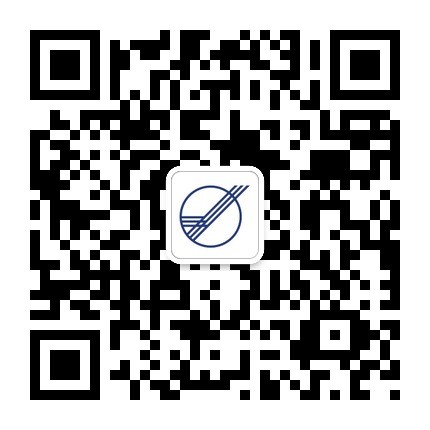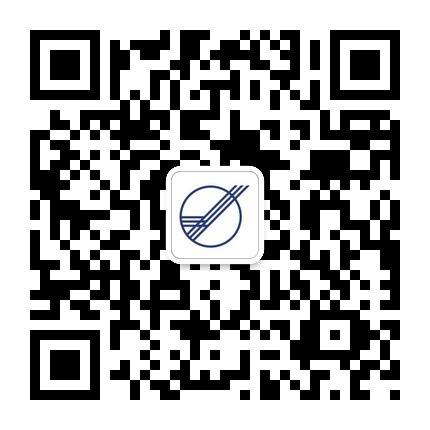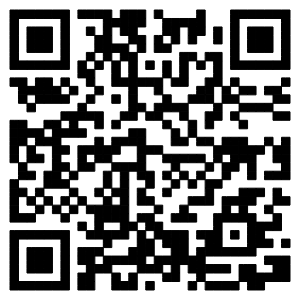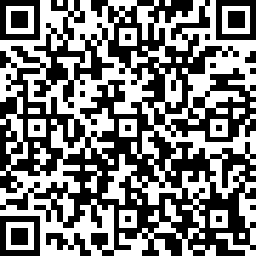The Macao SAR Civil Aviation Safety Programme (Macao SSP) is a management system for regulation and administration of civil aviation safety. Since 2010, the Civil Aviation Authority (AACM) has been implementing the Macao SSP in accordance with the standards and recommendations of the International Civil Aviation Organization (ICAO). The objectives of the Macao SSP are to:
-
ensure that Macao SAR has the minimum required regulatory framework in place;
-
ensure harmonization amongst regulatory and administrative organizations in their respective safety risk management roles;
-
facilitate monitoring and measurement of the aggregate safety performance of Macao SAR’s aviation industry;
-
coordinate and continuously improve safety management function; and
-
support effective implementation and interaction with the service providers’ SMS.
There are four components that form the fundamentals of Macao SSP. Each component is subdivided into elements that comprise the processes or activities undertaken by AACM to manage safety. The four components of the Macao SSP framework are:
-
Safety Policy and Objectives
-
Safety Risk Management
-
Safety Assurance
-
Safety Promotion
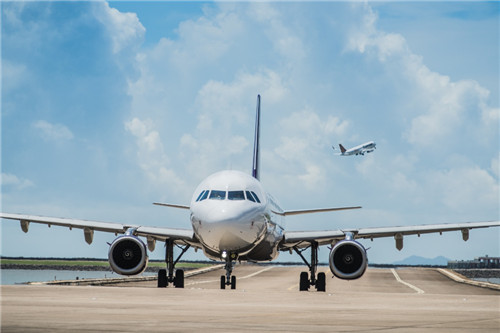
Safety Policy and Objectives
The safety policy and objectives component defines how AACM manages safety throughout its aviation system. This includes the determination of responsibilities and accountabilities of the different organizations related to the Macao SSP as well as the broad safety objectives to be achieved by the Macao SSP.
The safety policy and objectives provide the AACM management and personnel with explicit policies, directions, procedures, management controls, documentation and corrective action processes that keep the safety management efforts of AACM and the other organizations on track. This enables AACM to provide safety leadership in an increasingly complex and continuously changing air transportation system.
The AACM ICAO Annexes Compliance Policy ensures that AACM is compliant with safety and security related ICAO Standards and Recommended Practices (SARPs) whenever possible. In the said policy, procedures have been established to ensure that new or amended provisions to the Chicago Convention and its Annexes are incorporated and reflected in the Macao SAR civil aviation legislative framework in a timely manner. Where it is impracticable or inappropriate to transpose ICAO provisions into the Macao SAR civil aviation legislative framework, AACM shall notify such differences to ICAO.
Safety Risk Management
The safety risk management component includes the establishment of SMS requirements to ensure that service providers in Macao SAR implement the necessary hazard identification processes and risk management controls. Part of this requirement includes a mechanism for agreement with individual service providers on acceptable safety performance levels to be achieved through their SMS.
Apart from ensuring that service providers are engaged in effective hazard identification and risk management through SMS requirements, Macao SAR also applies the principles of safety risk management to its own regulatory and SSP activities. Rulemaking, the selection of SSP safety indicators and their associated target and alert settings, and surveillance programme prioritization, among others, are processes which could be enhanced by a data driven, risk-based approach.
This approach complements the traditional approach to safety oversight that is primarily focused on prescriptive regulatory compliance with a performance-based approach that defines actual safety performance levels within a prescribed SSP framework.
Safety Assurance
Safety assurance is accomplished through oversight and surveillance activities of service providers as well as AACM’s internal review of its regulatory and administrative processes. The important role of safety data and collection, analysis and sharing of the data are also addressed. AACM’s surveillance programmes should be data-driven so that its resources may be focused and prioritized according to areas of highest risk or safety concerns.
AACM has a number of reporting systems in place to facilitate safety data collection, including the Mandatory Occurrence Reporting System (MOR), the Air Traffic Incident Reporting, the Bird Strike Reporting, the Dangerous Goods Occurrence Report, the Aircraft Accident/Incident Reporting, the Macao Confidential Aviation Reporting System (MACCARES), etc.
We adopt a risk management approach in the safety oversight programme through the identification of hazards and risks using safety information and data available from audits and inspections, the international aviation community, accident and incident investigation reports, MOR, etc. These will enable AACM to prioritise inspections, audits, and oversight activities towards those areas of greater safety concern or need.
Safety Promotion
AACM endeavours and commits to provide its technical staff with training and development, including safety training and promotion, as stated in the AACM Training Policy. Safety training and promotion is an essential foundation for the development and maintenance of a robust safety culture which fosters the development of an effective and efficient Macao SSP. It is therefore imperative that relevant personnel be trained and are competent to perform their SSP duties, and to support the development of a positive organizational culture that promotes awareness, safe practices, encourages safety communications, and actively manages safety. More practically, the level and mode of training should be appropriate to the individual’s functions and involvement in the Macao SSP and service providers’ SMS.
As well as providing SMS training courses to AACM officers, in support of the ICAO initiatives for the implementation of the SMS, AACM is committed to maintaining an active role in organizing and offering SMS training courses and opportunities such as the official ICAO SMS Course to industry partners.
AACM periodically organizes local and international safety meetings, seminars and conferences. In addition, AACM commits to actively participate in and speak at local and international forums, on aviation safety and SMS in an effort to promote the concepts of SMS and enable the sharing of experience and information amongst local and international organizations.
Through discussions and meetings with the industry and dissemination of safety materials, AACM shall continue to provide education, awareness of safety risks and two-way communication of safety relevant information to support industry and service providers in the development of positive organizational culture that fosters safety practices, encourages safety communication and actively manages safety with the same attention to detail and results as that of financial management.


 {{_.$tools.formatDate(item.publishTime, 'yyyy-MM-dd')}}
{{_.$tools.formatDate(item.publishTime, 'yyyy-MM-dd')}} 














